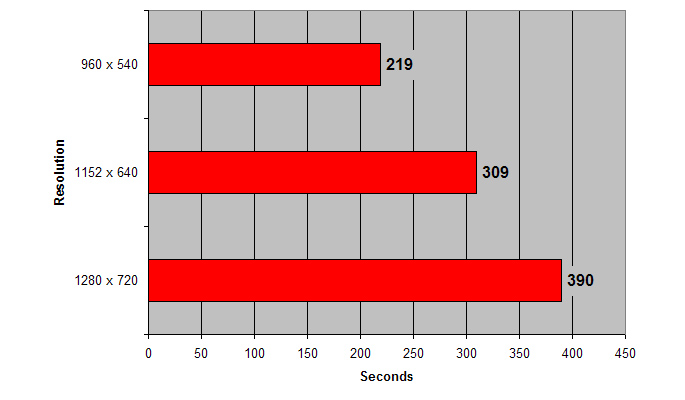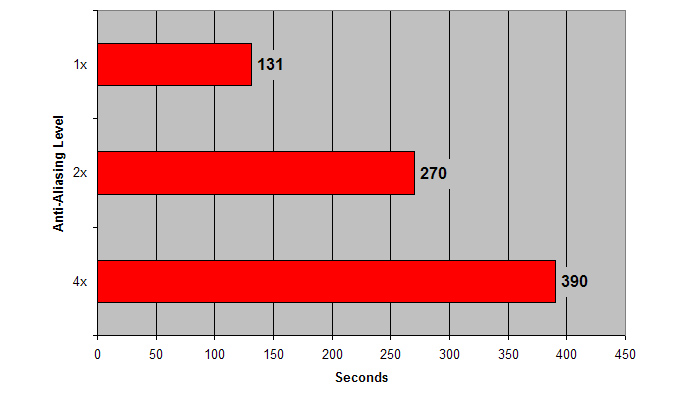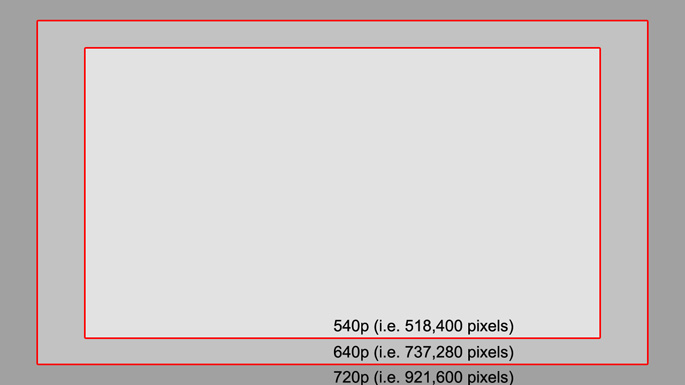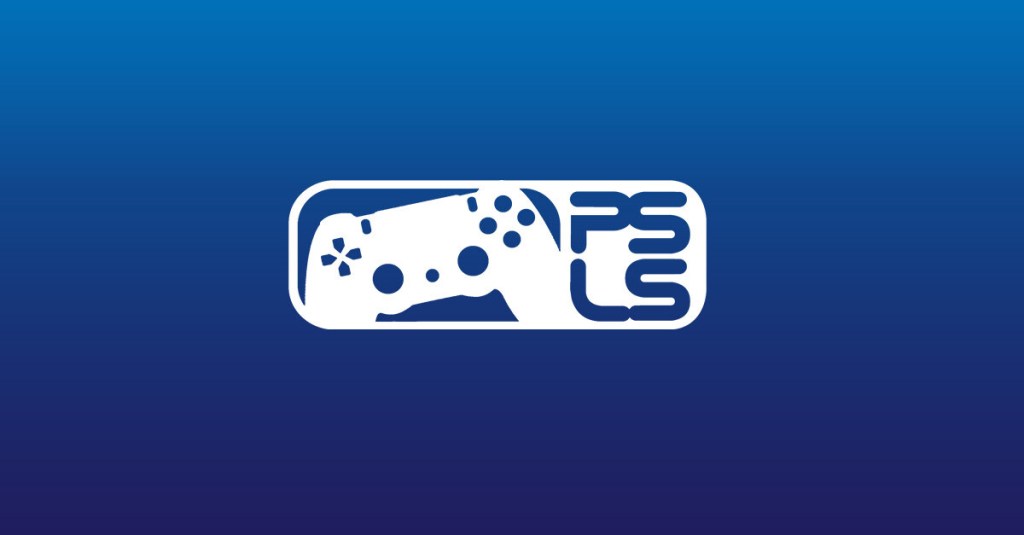An easy fix is to drop the resolution to 1138 x 640 (i.e. 640p) and simply upscale to 720p. Not only does the game run at 30 frames per second now, not a single shader or lighting effect had to be cut. Because of this, the visual drawbacks of upscaling aren’t all that bad. Some slight blurriness and aliasing compared to the original 720p output, but nothing noticeable by the average player.


But, as the charts above show, the most drastic performance benefits come from dropping the anti-aliasing level due to both computational and bandwidth requirements. Upscaling from a 4x AA image works at 640p, but does leave some subtle visual artifacts. However, dropping to resolutions significantly below 640p eliminates the benefits of anti-aliasing. And on top of this, low AA levels in conjunction with significant image upscaling leads to horrifically bad image quality. Included below is a diagram showcasing the size of all three frame buffers in respect to one another.

If faced with a drastic decision, it’s very tempting for the developer to drop the AA level of their game rather than the resolution due to the visual artifacts that arise when drastically upscaling images, as well as the huge performance benefit of going from 4x AA to 2x AA. Click on the images on Page 3 for a real world example of how upscaling can be a smart solution to achieving faster framerates, as well as what anti-aliasing does to both object edges AND texture quality.

As promised, Techland has rolled out Dying Light 2 PS5 update 1.016 (Community Update #1), which adds VRR supporting up…



